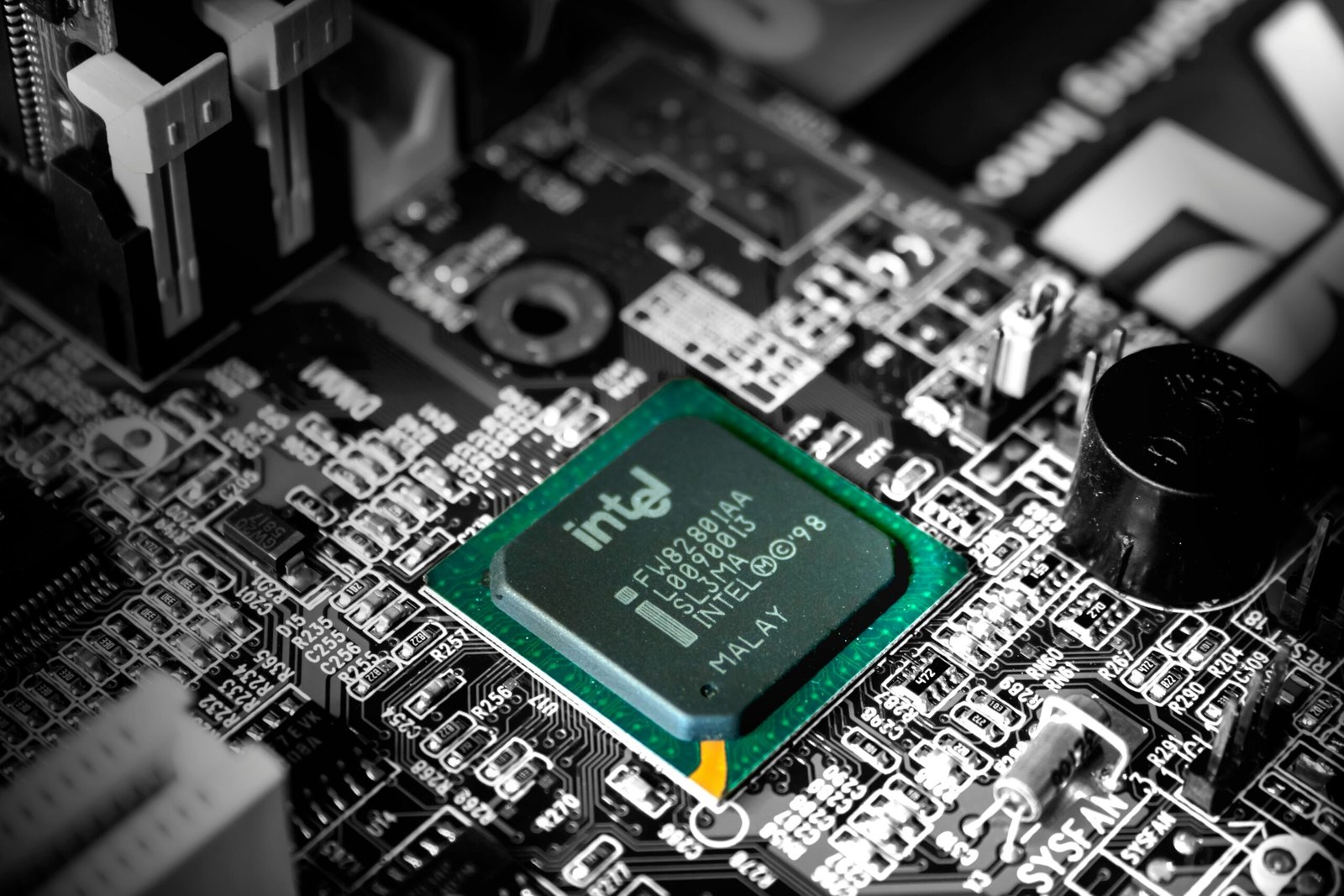Introduction to Eco-Friendly Gadgets
In today’s technologically driven society, the intersection of innovation and environmental consciousness has given rise to a new category known as eco-friendly gadgets. These devices are designed with the primary focus of minimizing environmental impact while still fulfilling the needs and desires of modern consumers. As awareness grows regarding the detrimental effects of traditional technology on the planet—ranging from electronic waste issues to excessive energy consumption—many individuals are seeking out sustainable alternatives that align with their values.
Eco-friendly gadgets encompass a wide variety of products, including energy-efficient appliances, solar-powered chargers, biodegradable phone cases, and smart home devices that promote energy conservation. The common thread among these products is their commitment to reducing the carbon footprint associated with their use and production. Such innovation not only addresses environmental concerns but also provides consumers with an opportunity to contribute positively toward sustainability.
The benefits of incorporating eco-friendly technology into daily life are substantial. Firstly, these gadgets often lead to reduced utility bills, as energy-efficient options consume less power. Additionally, many eco-friendly products are produced using sustainable materials, which can help reduce the demand for non-renewable resources and diminish the amount of waste generated. Furthermore, consumers purchasing eco-friendly gadgets typically align themselves with a broader movement aimed at encouraging manufacturers to adopt sustainable practices. This shift can lead to a ripple effect, inspiring more companies to prioritize environmental responsibility in their product development.
Despite the many advantages, consumers face certain challenges when seeking sustainable tech solutions. Limited availability, higher upfront costs, and inadequate awareness can hinder the adoption of eco-friendly gadgets. As the landscape continues to evolve, it is imperative for consumers to remain informed about their options and the impact of their choices, fostering a culture that values sustainability within technological advancements.
Types of Eco-Friendly Gadgets
In the modern age, eco-friendly gadgets have emerged as critical components in the quest for a sustainable future. These devices not only cater to the needs of consumers but also contribute positively to the environment. Various categories of eco-friendly gadgets exist, each serving a unique purpose in reducing energy consumption and minimizing waste.
One prominent category is solar-powered devices. These gadgets harness the sun’s energy, providing an alternative power source while significantly cutting down on greenhouse gas emissions. Popular examples include solar chargers for smartphones and solar-powered outdoor lights. Research indicates that utilizing solar energy can lead to a reduction of around 200 million tons of carbon dioxide emissions annually, a substantial benefit for combating climate change.
Energy-efficient appliances represent another critical type of eco-friendly gadget. Designed to operate using less energy, these devices are often labeled with the Energy Star certification, indicating a commitment to reduced energy use. Common examples include refrigerators, washing machines, and dishwashers that are engineered to use water and energy more efficiently. Transitioning to energy-efficient appliances can result in savings of up to 30% on energy bills while helping to lower overall energy consumption across households.
Additionally, gadgets made from recyclable materials are gaining traction. These products not only reduce waste but also encourage a circular economy by promoting the reuse of materials. Items such as biodegradable phone cases or recycled laptops are examples that minimize landfill contributions while appealing to environmentally conscious consumers.
Lastly, many gadgets are produced by companies committed to sustainable practices. These brands focus on ethical sourcing, reduced carbon footprints during manufacturing, and responsible end-of-life disposal. Such practices not only enhance the sustainability of their products but also set a benchmark for others in the industry.
Collectively, these categories showcase the diverse ways in which technology can be aligned with environmental principles, promoting a better future for the planet.
Benefits of Using Eco-Friendly Gadgets
The increasing integration of technology into daily life has raised concerns regarding the environmental impact associated with traditional gadgets. Eco-friendly gadgets are designed to minimize this impact while providing a plethora of benefits that are increasingly appealing to consumers. One of the primary advantages of using eco-friendly gadgets is their significant potential to reduce carbon footprints. These devices typically utilize renewable energy sources, such as solar power or energy-efficient technologies, decreasing reliance on fossil fuels and thereby lowering greenhouse gas emissions.
Additionally, eco-friendly gadgets often come equipped with energy-saving features that can lead to substantial savings on energy bills. For instance, energy-efficient appliances and smart devices that optimize power usage allow homeowners to reduce their electricity consumption over time. Studies have shown that households using these types of gadgets can save anywhere from 10 to 30 percent on their utility costs, providing tangible economic benefits alongside environmental ones.
Moreover, the shift towards eco-friendly gadgets promotes a healthier living environment. Many of these devices are made from non-toxic materials, minimizing exposure to hazardous substances often found in conventional electronics. This shift can lead to improved indoor air quality, creating a healthier space for families and pets. Eco-friendly gadgets also encourage sustainability in design, focusing on durability and longevity, thus reducing electronic waste in landfills. By investing in these products, consumers are not only making a choice for their immediate well-being but also contributing to the long-term health of the planet.
In conclusion, the benefits of adopting eco-friendly gadgets are multi-faceted, addressing environmental, economic, and health considerations. As more individuals recognize these advantages, the demand for sustainable technology will likely continue to grow, promoting a greener future for all.
Conclusion & Call to Action
Throughout this article, we have explored the significance of eco-friendly gadgets in promoting sustainability and reducing our environmental footprint. Selecting technology that is designed with the planet in mind not only contributes to conservation efforts but also encourages a broader societal shift towards greener practices. From energy-efficient appliances to solar-powered devices, the options available today empower consumers to make responsible choices that align with their values.
As we integrate these environmentally conscious gadgets into our daily lives, it is crucial to consider their long-term impact. One way to do this is by evaluating the lifecycle of each product, including its manufacturing process, energy consumption, and disposal methods. By prioritizing sustainable technologies, we not only enhance our own living conditions but also contribute positively to the health of our planet. Furthermore, every small step counts; even choosing one eco-friendly gadget over traditional options can lead to significant differences over time.
We invite you to share your experiences with eco-friendly technologies in the comments section below. Your insights may inspire others and foster conversations around sustainable practices. Additionally, if you found this article informative, consider sharing it on your social media platforms. Raising awareness about eco-friendly gadgets can help inform more individuals and communities about the impact of their choices. Together, we can drive a movement towards a more sustainable future, making responsible technology usage a standard rather than an exception.




